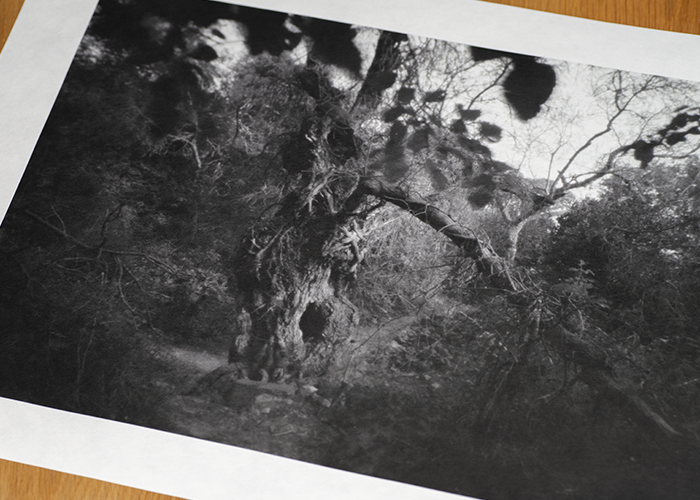Tesuki-Washi Echizen Smooth
10th April 2021
ILFORD GALERIE Tesuki-Washi Echizen
About the paper:
True hand-made Japanese paper
Strong traditional paper using 40% Kozo and 60% Hemp
High quality black and white and color images
Smooth textured surface
No optical brighteners
Acid-Free
Product Code: GTW – EWS11
I am an advocate for printing your images; I know that an image remains an image, either if left stored in a hard drive or printed. Nowadays computers put a screen between us and our images, and we cannot really appreciate our work unless we hold it in our hands.
I started printing my images a few years ago, and I like to keep some prints readily available at home or just to see how an image feels when printed. Over the years I tried out many papers from a range of suppliers available in Malta, then I found the Ilford Galerie fine art range, and together with Matthew Briffa from Photo-images, we performed tests on all the papers available at the lab for both my color and black and white images. The Smooth Cotton Rag 310gsm, was love at first sight. The smooth transition from the dark tones to the light tones feels exceptional. Today I print my fine-art long exposure images exclusively on the Smooth Cotton Rag.
A few weeks ago, I was provided with a pack of ILFORD GALERIE - Tesuki-Washi Echizen to try a few images and see how they look printed on it. I had seen a sample print on the fan-type catalog, but the sample is too small to judge the quality. When I saw the papers, I thought it was ideal to test my pinhole images. As a side project, I do some analog photography with my Ondu 6x12 RISE, and because I do not have an extra room for a dark room, I scan the negatives with an Epson V600, which gives me a high-resolution digital image saved as TIFF when scanned at the highest quality, and I am still able to tweak the contrast to get the desired tonalities in Photoshop. The beauty of pinhole photography is the ethereal feel of the resulting photograph, leaving it looking raw, warts, and all which gives the photograph a timeless dreamy look.
The Washi papers are single-sided, and it is important to load the paper on the printable side. The Washi papers are made by hand using a traditional Japanese method and are made from 40% Kozo and 60% hemp with a smooth textured surface. Kozo bark, also known as mulberry, is used in approximately 90% of the washi made today. The Ilford Washi paper is available in sheets only with either a smooth cut or a deckled edge. The papers are acid-free with no additional optical brighteners, makes them ideal for Black and white images, retaining the dynamic range throughout. The papers have a matt surface with original fibers adding a subtle texture that is more decorative than regular media, the warm tone is derived from the natural fibers.
I know that it is difficult to reproduce the look and feel of an inkjet print on a computer screen, but here are some sample images with manually corrected white balance which may give you an idea of the dynamic range and sharpness of the print.
After the first set of images were printed, we let the ink dry for a couple of hours, so that the silvering effect fades and we can appreciate the printed image. The Washi papers add a tangible look and feel to the pinhole images and make them look more ethereal. I am surprised with the quality of these papers, especially the shadows which retained detail because of their handling of the dynamic range.
Conclusion
I encourage any photographer who is seriously interested in printing to purchase a pack of the Tesuki Washi Echizen by Ilford Galerie. Once again, I feel confident saying that Ilford proved to be a leading brand when it comes to producing high-quality papers.







